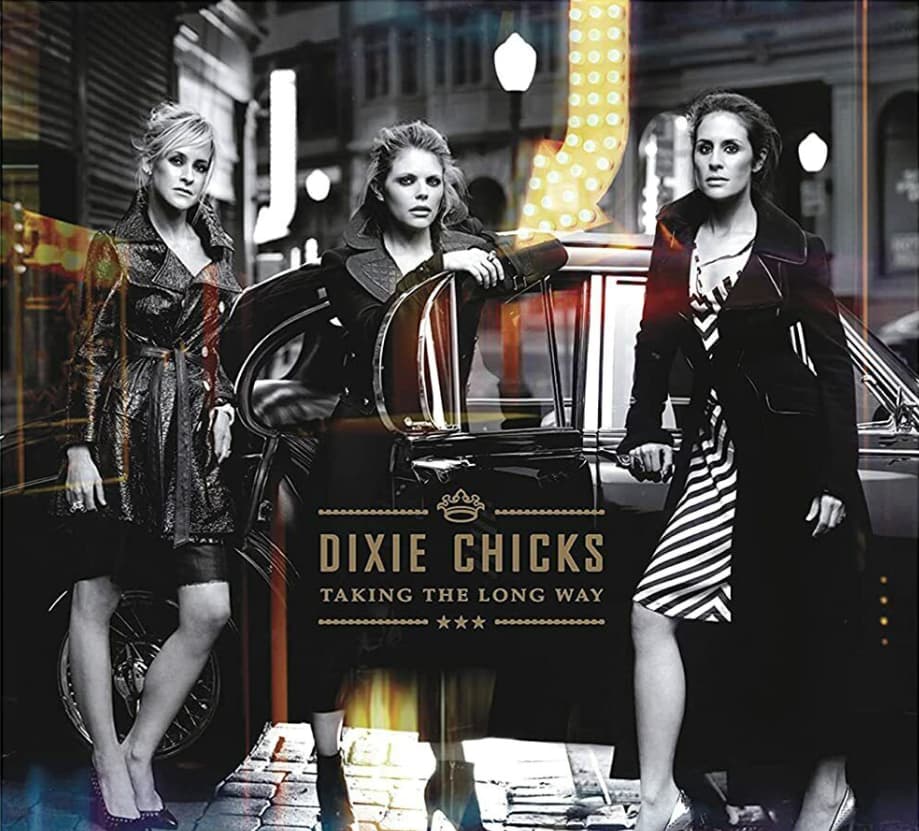
A poignant reflection on life’s winding paths and the courage to embrace one’s true self.
Released in 2006 as the title track of their album “Taking the Long Way,” “The Long Way Around” isn’t just a song; it’s a heartfelt narrative about navigating life’s complexities, staying true to oneself, and finding strength in the journey, no matter how unconventional it may seem. The album itself debuted at number 1 on the Billboard 200 chart, solidifying the Dixie Chicks’ position as musical powerhouses. While I don’t have the exact peak chart position for the single “The Long Way Around,” the album’s immense success speaks to the song’s resonance with listeners.
In the mid-2000s, the Dixie Chicks found themselves at the center of a national controversy following Natalie Maines’ criticism of President George W. Bush’s Iraq War policies. This backlash, which included boycotts and radio bans, profoundly impacted the group. “Taking the Long Way” became their response, a testament to their resilience and unwavering commitment to their beliefs. “The Long Way Around,” in particular, serves as a powerful metaphor for their experience. It speaks to the idea that sometimes, the most challenging paths lead to the most meaningful destinations.
The song’s lyrics, co-written by Natalie Maines, Martie Maguire, Emily Strayer, and Dan Wilson, paint a vivid picture of a life lived authentically, even when it diverges from societal expectations. It acknowledges the pressures to conform, to follow the well-trodden path of marriage, children, and a conventional lifestyle. However, it ultimately celebrates the courage to forge one’s own way, to embrace the detours and unexpected turns that life throws. The lines “It may not be the right address / To come home to at night / But it’s the only place I know” resonate with a deep sense of self-acceptance and a refusal to apologize for one’s choices. It’s a sentiment that speaks volumes to anyone who has ever felt like an outsider, someone who doesn’t quite fit the mold.
The song’s musical arrangement further enhances its emotional impact. The gentle acoustic guitars, the soaring harmonies, and the subtle banjo accents create a warm, intimate atmosphere. It feels like a conversation with a trusted friend, someone who understands the complexities of life and offers unwavering support. This intimacy is especially impactful for older listeners who have lived through their own share of life’s twists and turns. It evokes a sense of shared experience, a recognition that the struggles and triumphs of life are universal.
For many, especially those who have journeyed through life’s various stages, “The Long Way Around” is more than just a song; it’s an anthem of self-discovery and acceptance. It reminds us that there’s no single “right” way to live, that the detours and unexpected turns can often lead to the most rewarding destinations. It’s a message of hope and resilience, a reminder that even when the road ahead seems uncertain, staying true to ourselves is always the right choice. The song became a powerful statement for the Dixie Chicks, solidifying their image as artists who weren’t afraid to speak their minds, even in the face of adversity. It’s a song that continues to resonate with listeners of all ages, reminding us that the journey, however long and winding, is ultimately what shapes us. The raw honesty and vulnerability displayed in “The Long Way Around” contribute to its timeless appeal, offering solace and understanding to those navigating their own unique paths.